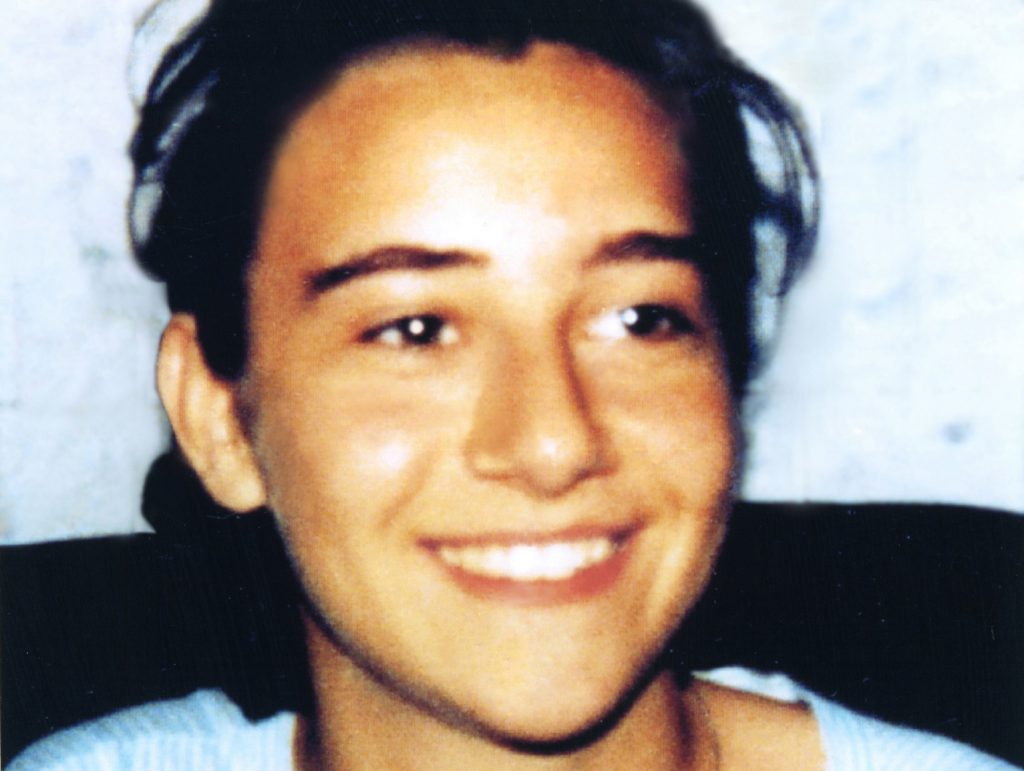Blessed Chiara Badano has been identified as the first person beatified from “Generation X.” Born in 1971, her parents considered Chiara a priceless gift since they had waited 11 years to have a child. They knew she was destined by God for amazing things, but like any modern girl, she loved to sing, dance and play sports — especially tennis. But greatness awaited indeed.
Early on, she learned the importance of the virtuous life. Once taking an apple from a neighbor’s tree, her mother talked her into returning it. Later that evening, her neighbor — impressed by the young girl’s integrity and rewarding her for the lesson learned — returned to Chiara’s house with a box full of apples.
Chiara struggled in school. Although hardworking, she failed her first year of high school. Often picked on in school for her religious convictions, Chiara had a good group of friends with whom she hung out.
In 1980, at only 9 years old, Chiara was introduced to the Focolare Movement, founded by Chiara Lubich, now considered for sainthood herself. The movement and its founder had a profound impact on the life of Chiara Badano. Focolare’s emphasis on the forsaken Christ brought the young Chiara to later write, “I discovered that Jesus Forsaken is the key to unity with God, and I want to choose him as my only spouse. I want to be ready to welcome him when he comes. To prefer him above all else.”
The young Chiara didn’t know at the time just what that union with Christ would mean. In the summer of 1988, the 16-year-old had a life-altering experience of Christ at a Focolare gathering, but her life changed even more when she arrived home. While playing tennis, she experienced a sharp pain in her shoulder, and after rounds of tests, a diagnosis of bone cancer was given. Doctors said she had rare and painful form of the disease. Chiara was filled with a profound trust in God’s will and was now realizing the extent of her desire to be united with the forsaken Christ. No complaining came from her, “It’s for you, Jesus; if you want it, I want it, too.”
Obviously, the strength and faith with which she faced her premature and painful death has much to teach us. So much did she desire to be united with Christ that she didn’t want her mental faculties diminished by pain medication, so she refused it. So much did she desire to be united with Christ in the poor and vulnerable that when she was sick in hospital, Chiara chose to spend time going on walks with another patient suffering depression rather than heed requests to rest in her bed. With her hair falling out from chemotherapy, Chiara offered it to the Lord, “For you, Jesus.” She gave her all to Christ in her illness, saying toward the end of her life, “I have nothing left, but I still have my heart, and with that I can always love.”
She faced death planning her funeral as if it were a wedding. She chose a white dress for her burial, since she saw it as her wedding dress to become the bride of Christ. Chiara was able to make her union with Christ complete in death, and so she welcomed it. “Don’t shed any tears for me. I’m going to Jesus. At my funeral, I don’t want people crying but singing with all their hearts,” she said.
Chiara died on Oct. 7, 1990, with the final words “Bye, Mom, be happy, because I am.” Over 2,000 people attended her funeral. She was beatified 20 years later by Pope Benedict XVI.
Her feast day is Oct. 29.
Michael R. Heinlein is editor of Simply Catholic.

